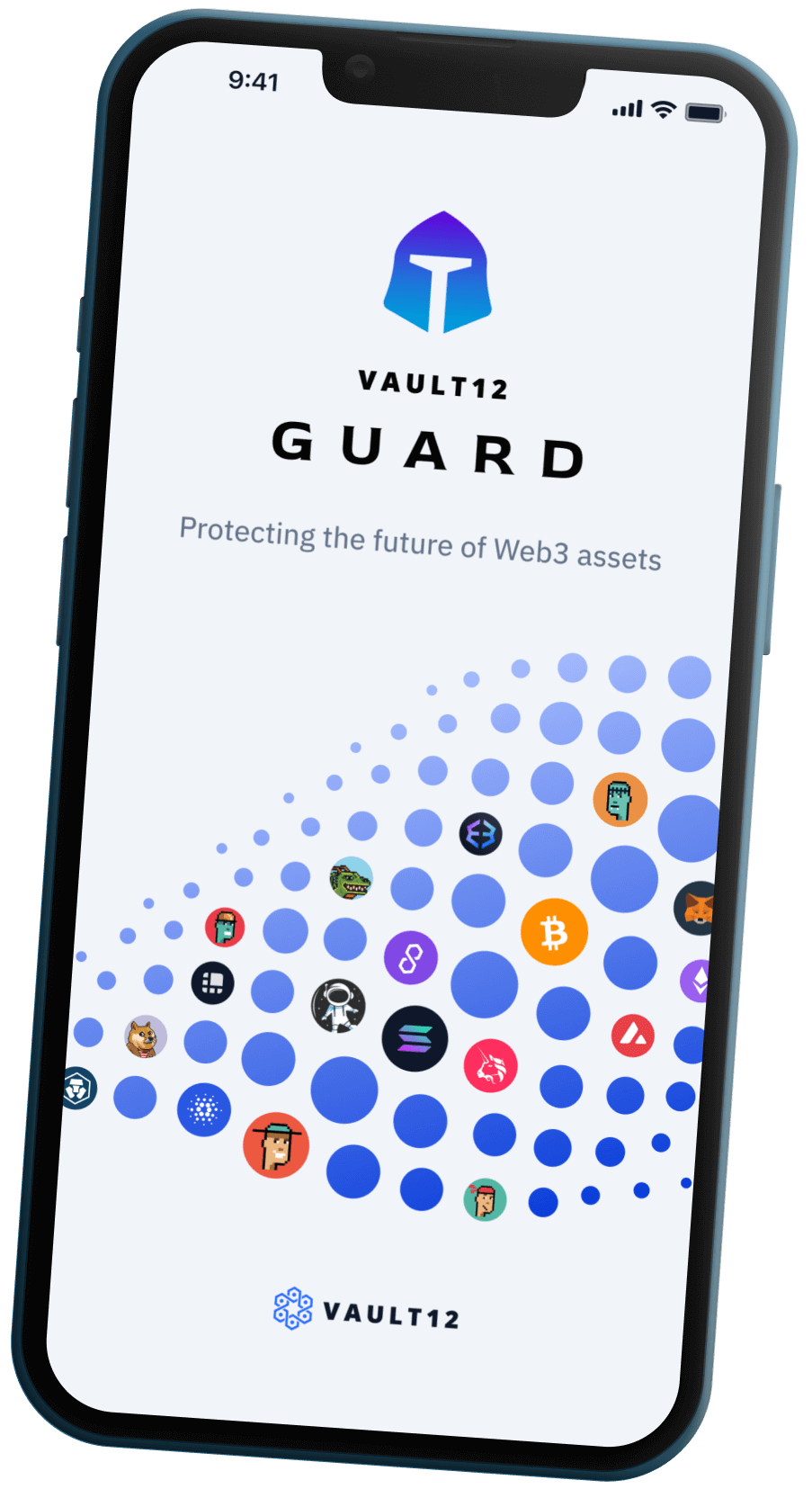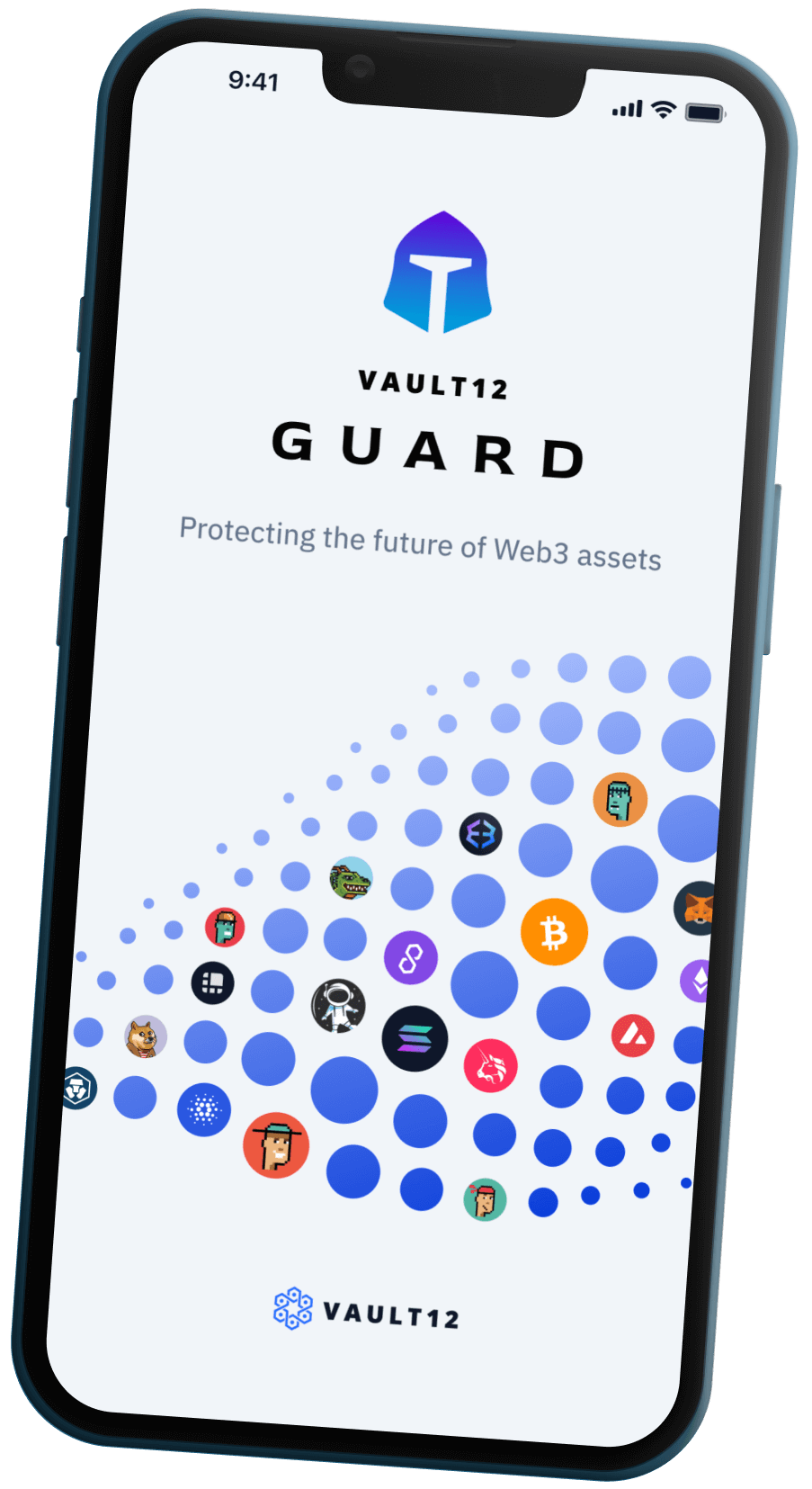
Contents
- 1. Create a new secure trading station.
- 2. Make sure your computer is free of malware.
- 3. If you keep your seed phrase on paper, consider using a Stonebook pad.
- 4. Back up your seed phrases.
- 5. Create long, truly random passwords.
- 6. Create a brand-new email address.
- 7. Buy an inexpensive smartphone.
- 8. Download two-factor authentication apps.
- 9. Buy a cold storage wallet.
- 10. Distribute your crypto among several wallets.
- 11. Record detailed instructions about your crypto investments for your heirs or beneficiaries.
- Bonus tip: One more thing…
Basics of Crypto Security
11 Things you need for a safer crypto environment.
These security-related best practices will make you and your crypto assets much less vulnerable.
January 28 2024
Let's face it… wherever you find money, you will find people who want to steal it, especially online. So it makes sense to set up a secure environment around your crypto - one that is separate from your regular computer and internet activities. Consider implementing the 11 Things below before you buy your first digital assets.
TL;DR (concentrated takeaways)
Make sure that any computer that you use for crypto interactions is and remains free of malware.
Consider having unique or dedicated resources just for your crypto: computer, smartphone, email address, and of course, strong passwords.
Be extremely careful with your seed phrase backup strategy, and have a plan for how inheritance will incorporate wallet access or seed phrase access.
Use a cold-storage wallet (or several).
Enable 2-factor authentication where possible. Do not miss backing up 2FA recovery tokens too.
Don't "crypto-brag" about your holdings.
1. Create a new secure trading station.
If you are regularly going to be trading crypto versus accumulating or holding long-term, consider buying a new, inexpensive computer you will only use for crypto trading. Uninstall unnecessary pre-loaded software. Only load the software you need to run crypto-related functions, like wallets, a browser, and possibly a VPN. This is not absolutely necessary, but if you can afford it, it will definitely beef up your security. Also, unplug your LAN or disconnect from your Wi-Fi when not in use.
2. Make sure your computer is free of malware.
There are many commercial choices available on all platforms for anti-malware protection. If you have not purchased commercial antivirus software, you can use a free software program called Malware Bytes (https://www.malwarebytes.com/mwb-download) to scan for malware. Another good free resource for your Mac safety could be ObjectiveSee (https://objective-see.org/tools.html).
Note: When installing wallet software, you may need to disable anti-malware software - just be sure to re-enable it once the installation is complete.
3. If you keep your seed phrase on paper, consider using a Stonebook pad.
Assume that whatever you write and store in a file on your computer is accessible to hackers. As you configure your wallet, you may need to write down your passwords, private keys, seed phrases, etc., in temporary form as they are created. Any temporary paper store must be completely destroyed (for example, burned) after use. For long-term storage, you will need to back up your passwords and seed phrases correctly. If you must use paper, you can buy a water-resistant, tear-resistant notebook made just for cryptocurrency investors called a Stonebook for about $45. (However, there are limits to the protections that a Stonebook offers, and you would want to store it in a water and fireproof bag inside a locked safe or safety deposit box.)
4. Back up your seed phrases.
This is the most important step of all. The promise of crypto is that you can become your own bank. Sounds great, but it means you are 100% responsible for whatever happens to your crypto and therefore you must secure your seed phrase. If you lose your password or seed phrase but failed to back it up, there is no one to call to fix that. Safely backing up and storing your seed phrases and passwords is vital. To learn about many options for backing up your seed phrases, check out our article on "How to Back up a Seed Phrase," and be prepared before you buy your first crypto.
5. Create long, truly random passwords.
Every account, application, email, and wallet needs to have a completely different password. You should also have a strong password to turn on your computer. Never store your passwords in your browser. If you use online password managers, be sure the password to log in to the manager is at least 20 characters long and complex. Write them down, then back them up and store them safely!
6. Create a brand-new email address.
Create a brand-new email address that does not clearly identify your identity (for example, it should not contain your name). Use this only for crypto. Do not use it for anything else - not even for crypto newsletters! ProtonMail is an excellent choice for secure email. Make sure your recovery email account has a strong password, too.
7. Buy an inexpensive smartphone.
If you use your smartphone to interact with your cryptocurrency, consider buying an inexpensive smartphone that you use only for cryptocurrency trading. Password-protect that phone. (If you plan to use your current phone, remove your number from all online sites.)
To reduce the risk of a "SIM-swap attack," make sure that your cell phone provider will allow you to require a passcode before they will activate a new SIM card - some providers do not have this option and scammers have been known to go into their store and claim that they lost their phone and need a new one. They usually have just enough information to "prove" that they are you, and they get a new phone with all your information on it! Require a passcode and back it up.
8. Download two-factor authentication apps.
Two-factor authentication (2FA) applications make authenticating your identify more secure by forcing the confirmation of not just one factor, like a password that you know, but also a second factor, like whether you can prove access to a known device like your smartphone. Common 2FA apps for your smartphone include "Google Authenticator" and "Authy."
You will not usually be allowed to pick your favorite 2FA app to use ... the site or device that you are using (for example, a crypto exchange) will suggest one that they interoperate with as part of their authentication process. But many different sites will give you the choice of whether to enable 2FA - always choose yes! Be aware that some sites support 2FA but may not enable it for you by default - if user setup steps at a crypto-related site did not walk you through enabling 2FA when you set up your account, look at your user account settings to see whether it is offered as an option. In order to enable 2FA at several different sites, you will likely accumulate more than one 2FA app on your phone or laptop.
WARNING: Don't forget to backup your 2FA recovery codes! Losing your 2nd-factor authenticators could easily lead to unrecoverable accounts lockout. This is a VERY common oversight.
9. Buy a cold storage wallet.
Buy a cold storage wallet to store your cryptocurrencies. These will cost you between $60 and $200. There are a few reasons to never leave your cryptos on exchanges. One: hackers could attack the exchange and take your coins. Two: the exchange could go down or go out of business. And three: regulators could shut down exchanges that do not meet their regulations. Not all wallets hold all cryptos. You will need to find and buy a wallet that will accept the cryptocurrency you want to buy. Check out our overview of crypto wallets with detailed instructions about how to set up and use them here.
10. Distribute your crypto among several wallets.
You may want to divide up your cryptos and store them on different devices. That way, if one gets compromised, you haven't lost everything. This becomes more important if you are holding large values of cryptocurrency.
11. Record detailed instructions about your crypto investments for your heirs or beneficiaries.
Keep it simple, but detailed. You will need to store this in a safe place and implement a way that your heirs can find it or be notified. One of the simplest ways to do this is via the Vault12 Digital Inheritance solution. And, if you haven't already, create a will - it's a responsible and thoughtful thing to do.
Bonus tip: One more thing…
Don't brag about your crypto purchases in public places, online or offline. Unfortunately, there are stories of hackers and criminals targeting people with newly found crypto wealth. Keep your investment to yourself.
https://www.linkedin.com/company/vault12
https://twitter.com/_vault12_

Vault12 Crypto Security
Social Recovery Vault for Digital Asset Security + Digital Inheritance for protecting the future of money.

Art Krotou
Art is a crypto-security expert and researcher with serial entrepreneurship background. Having a degree in physics and experiences in multiple cutting-edge industries like fintech, secure hardware and semiconductors, and identity gave him a unique multi-faceted perspective on the problem of key management for individuals in the crypto networks and the evolution of the internet in general.
In his current work, he is specifically researching how cryptographic keys can be inherited without posing a threat to 3rd parties in edge cases. In addition, he advocates for "fault-tolerance via secrets automation". He discusses the quantitative impact of user experience factors on the uptake of non-custodial solutions.
As one of his most notable accomplishments, he co-founded and led through the early years of the company that contributed to the complex technology behind Apple's recent M-series CPUs. He is also the creator of the most friendly and aesthetically pleasing, but nonetheless super secure and fault-tolerant hardware wallet - U•HODL.
Check out his curated series of "Vault12 Learn" contributions below, and follow him on Twitter and LinkedIn for more sharp insights.




